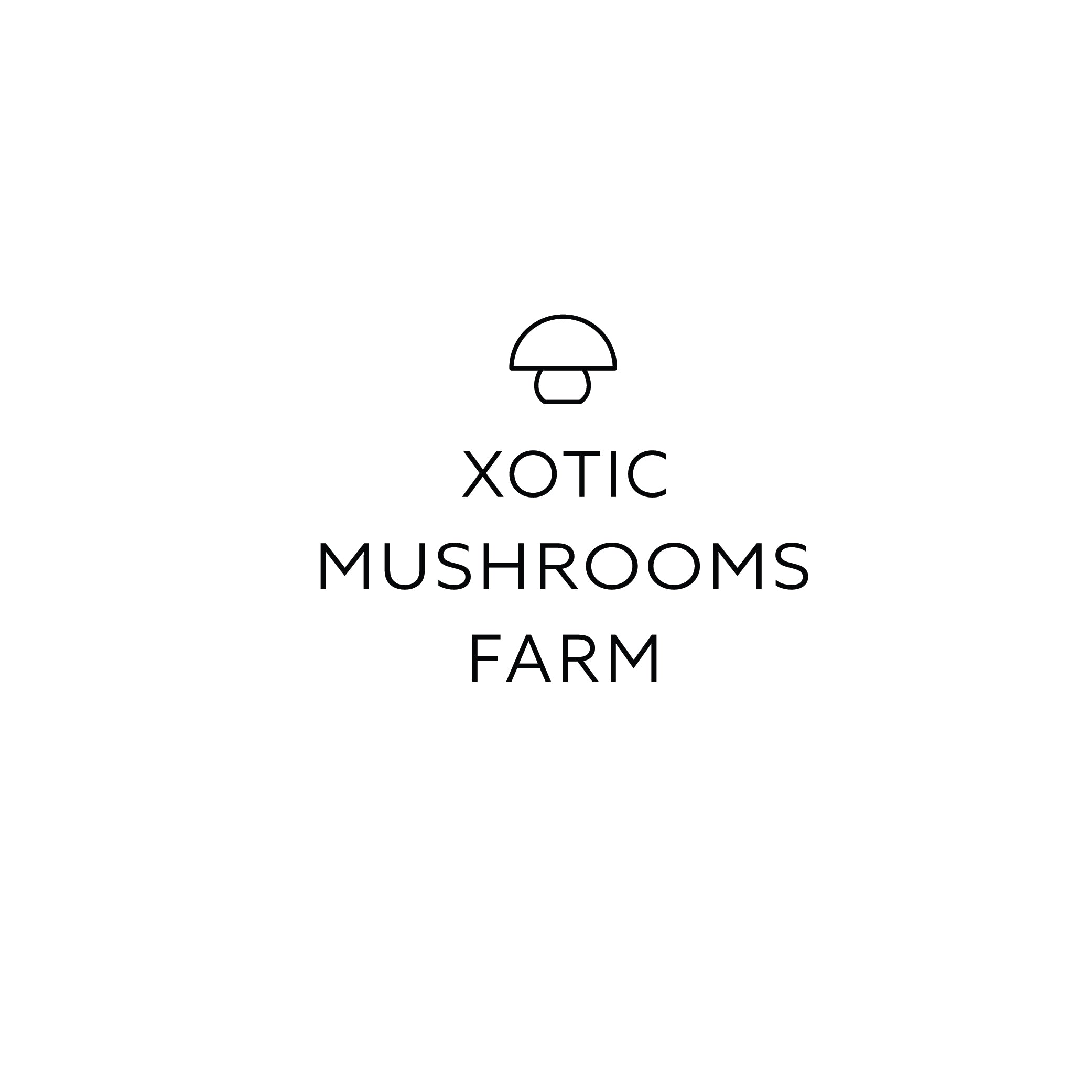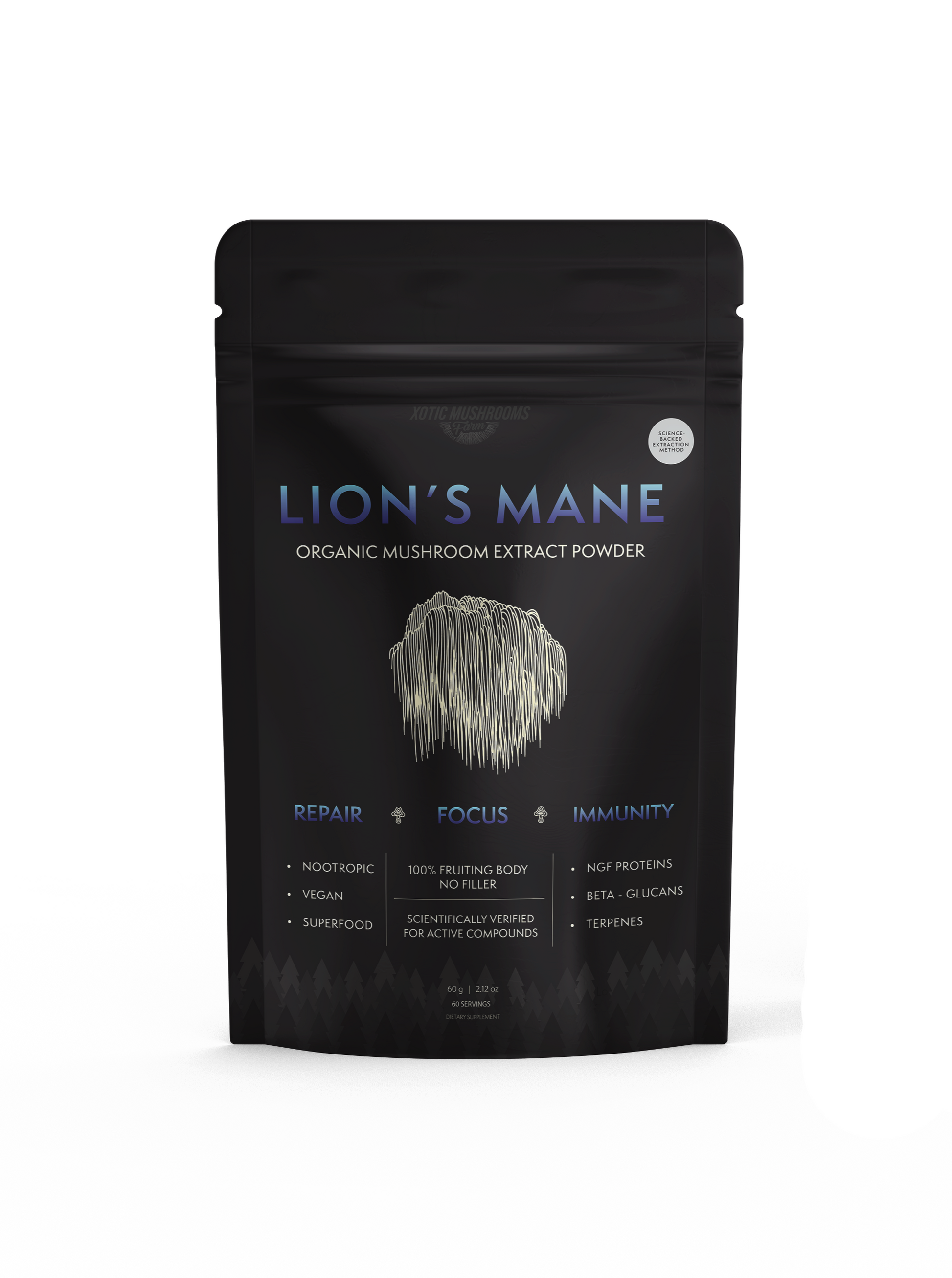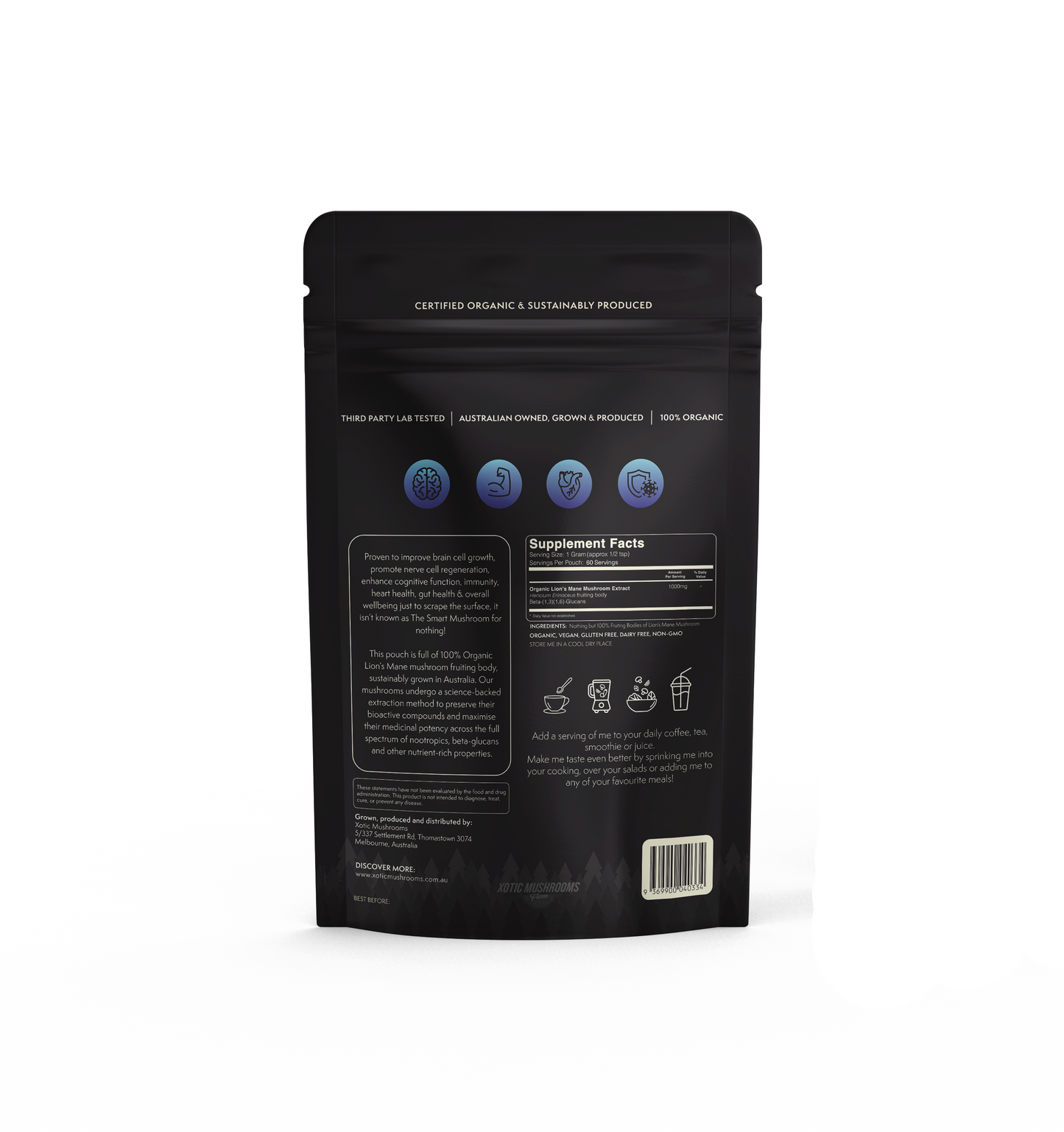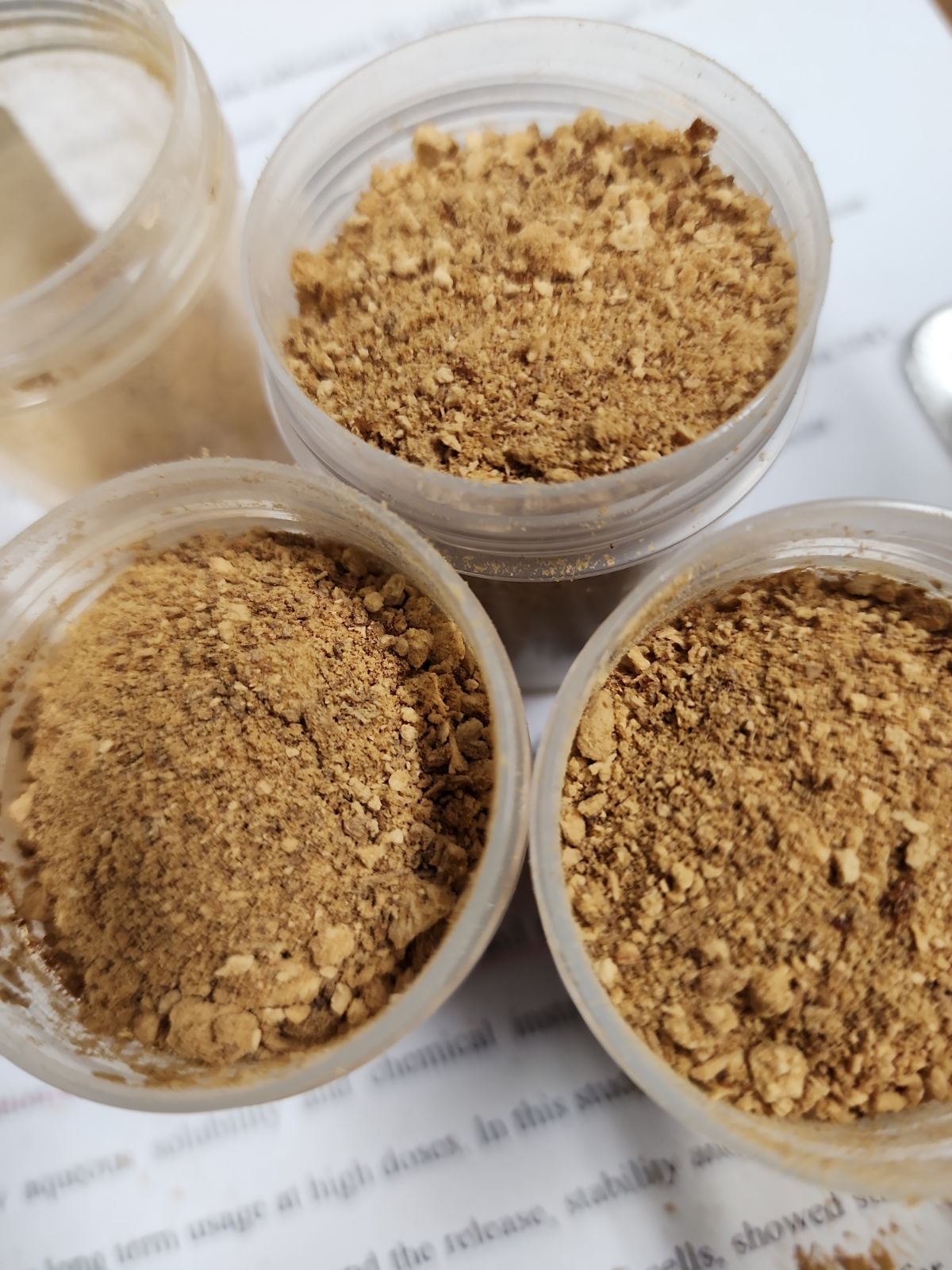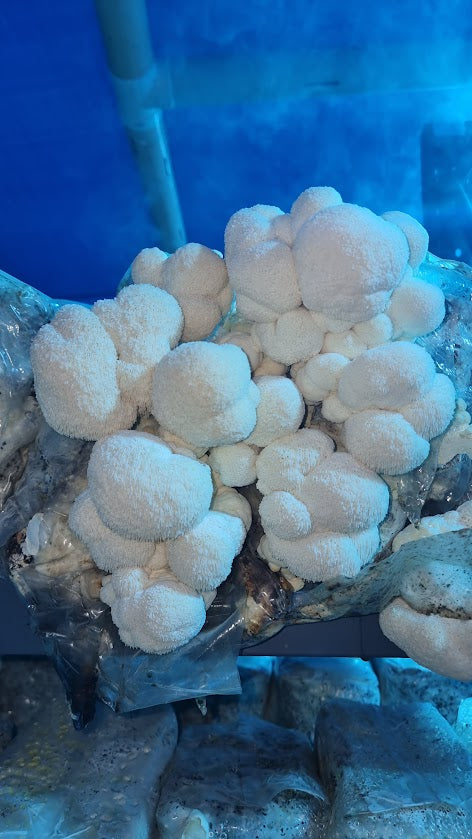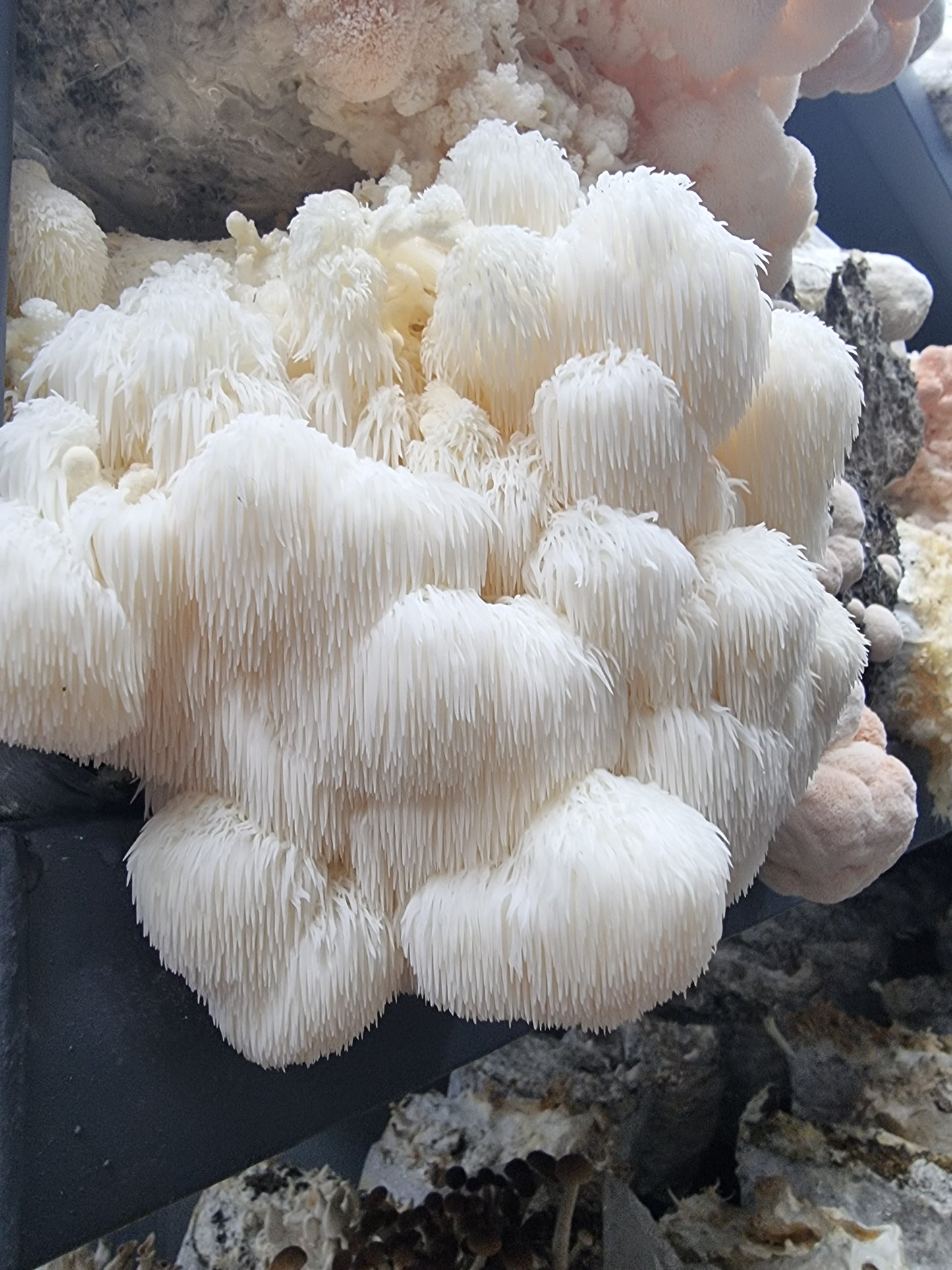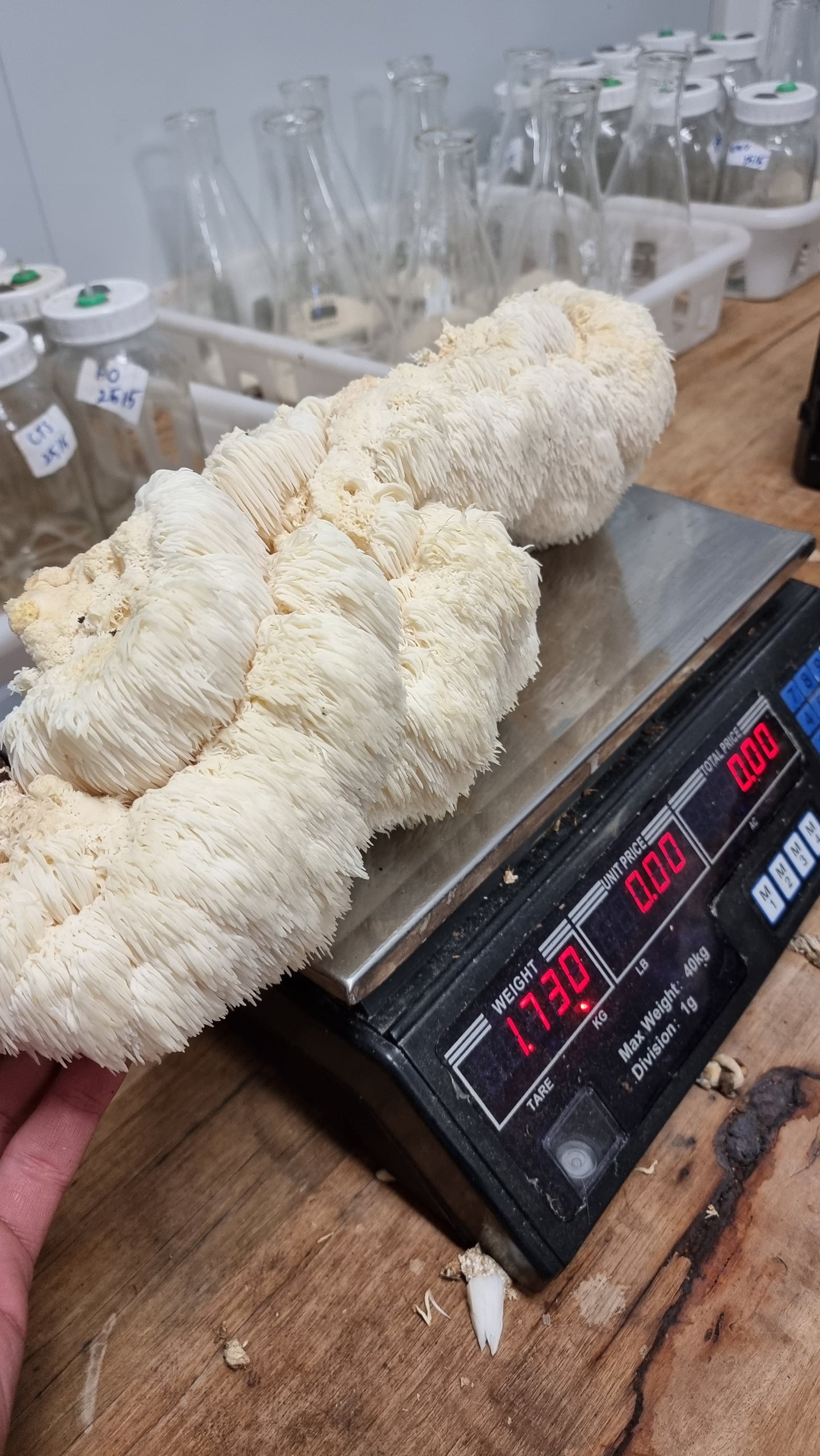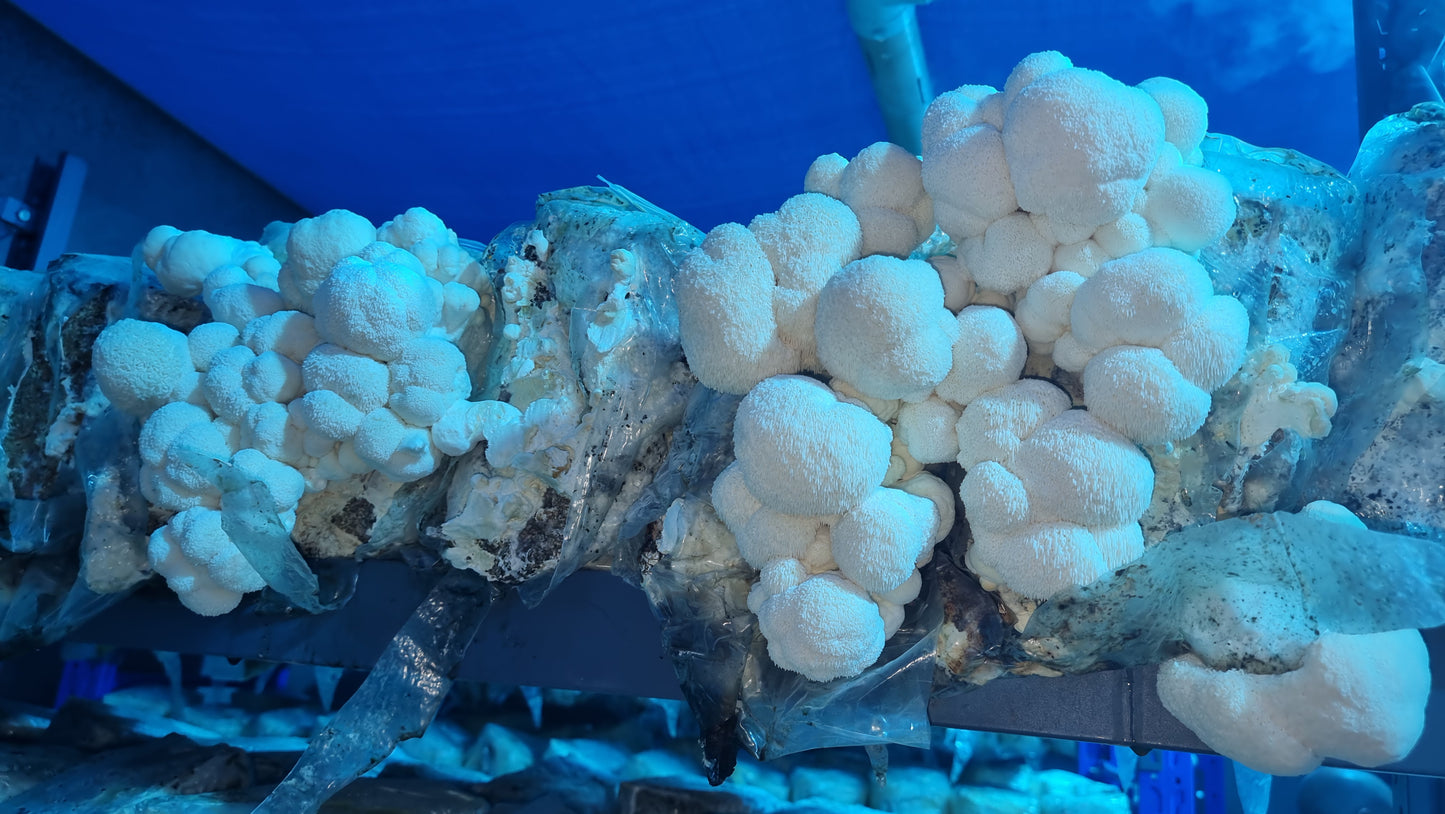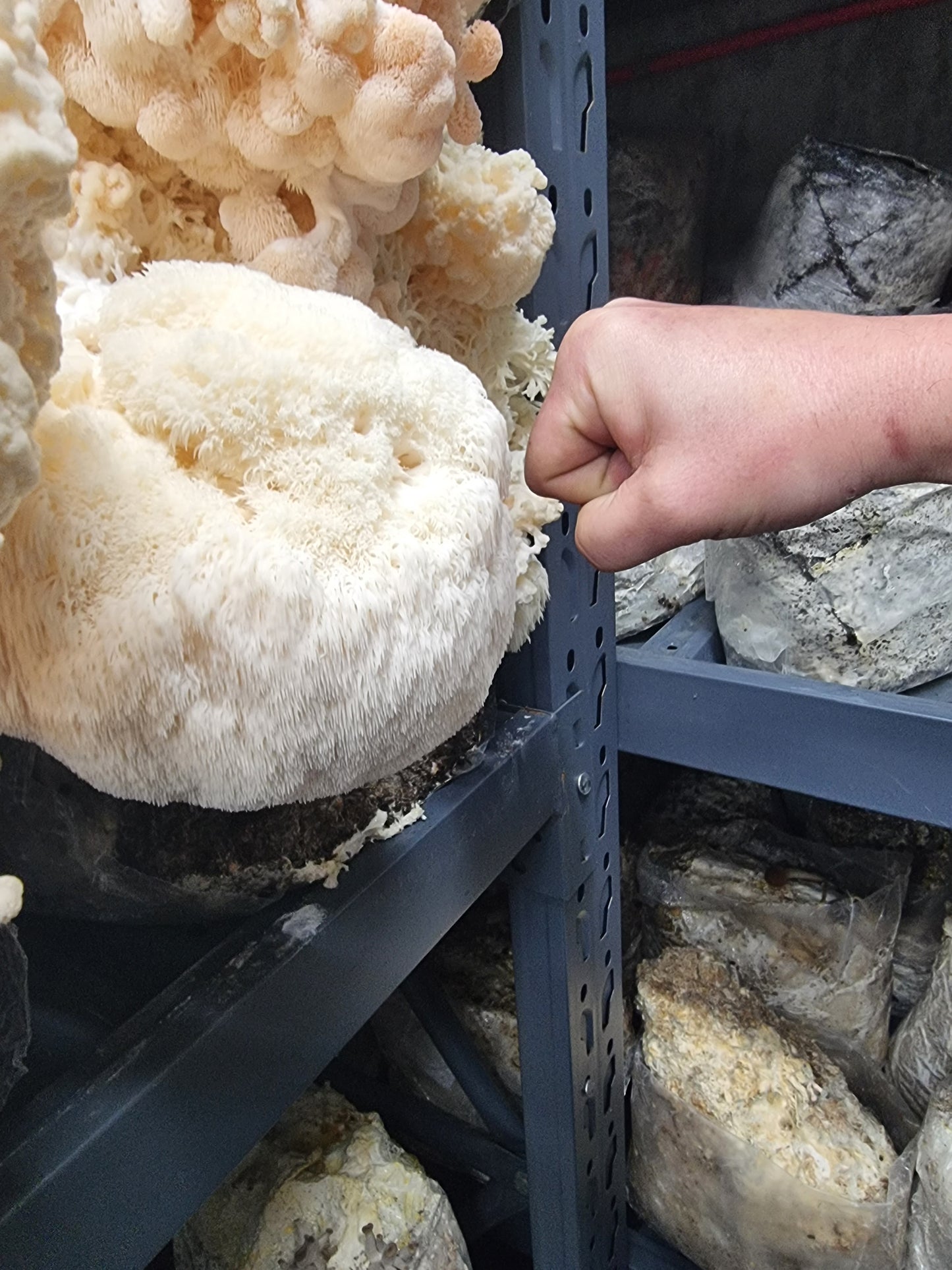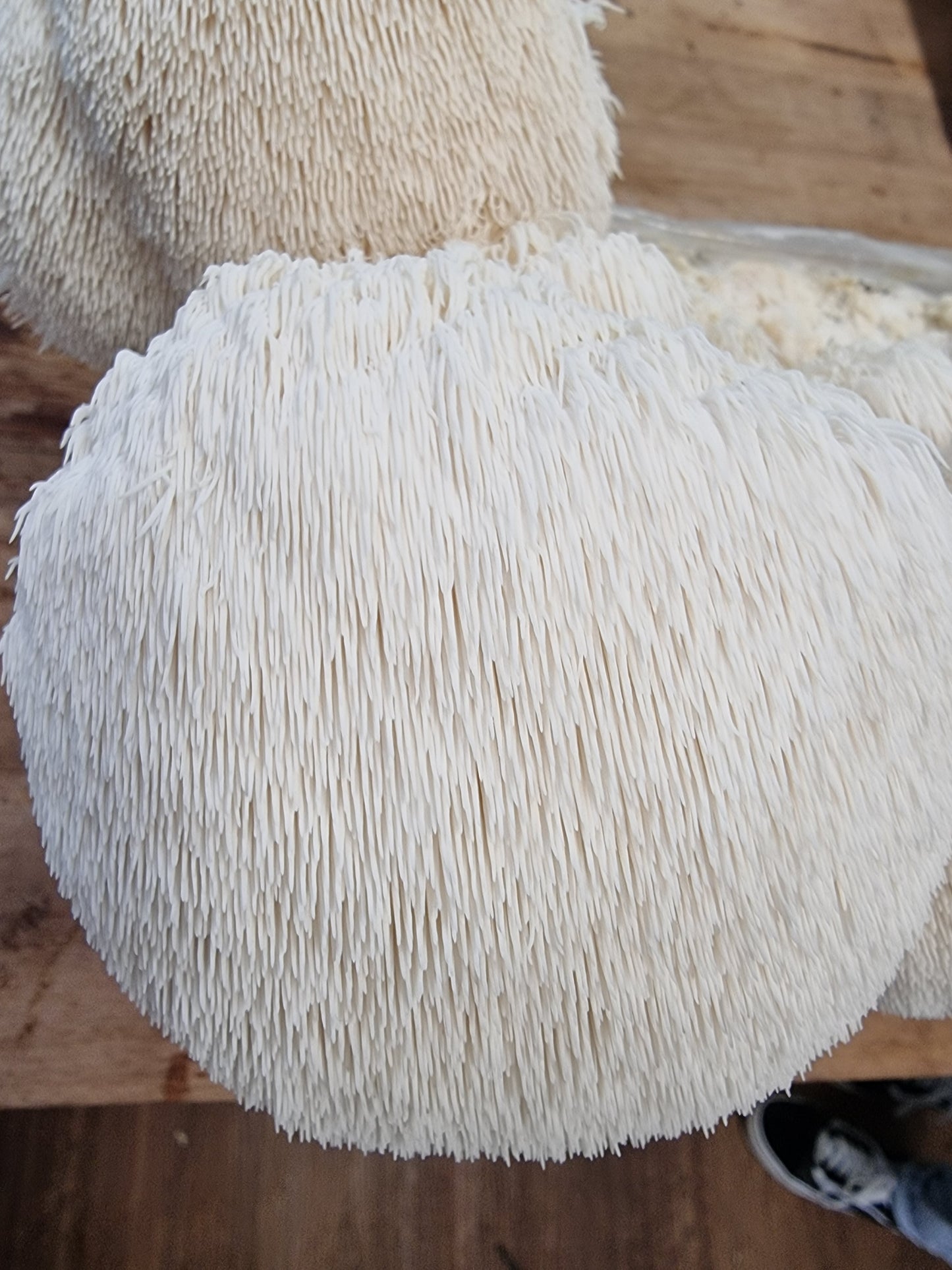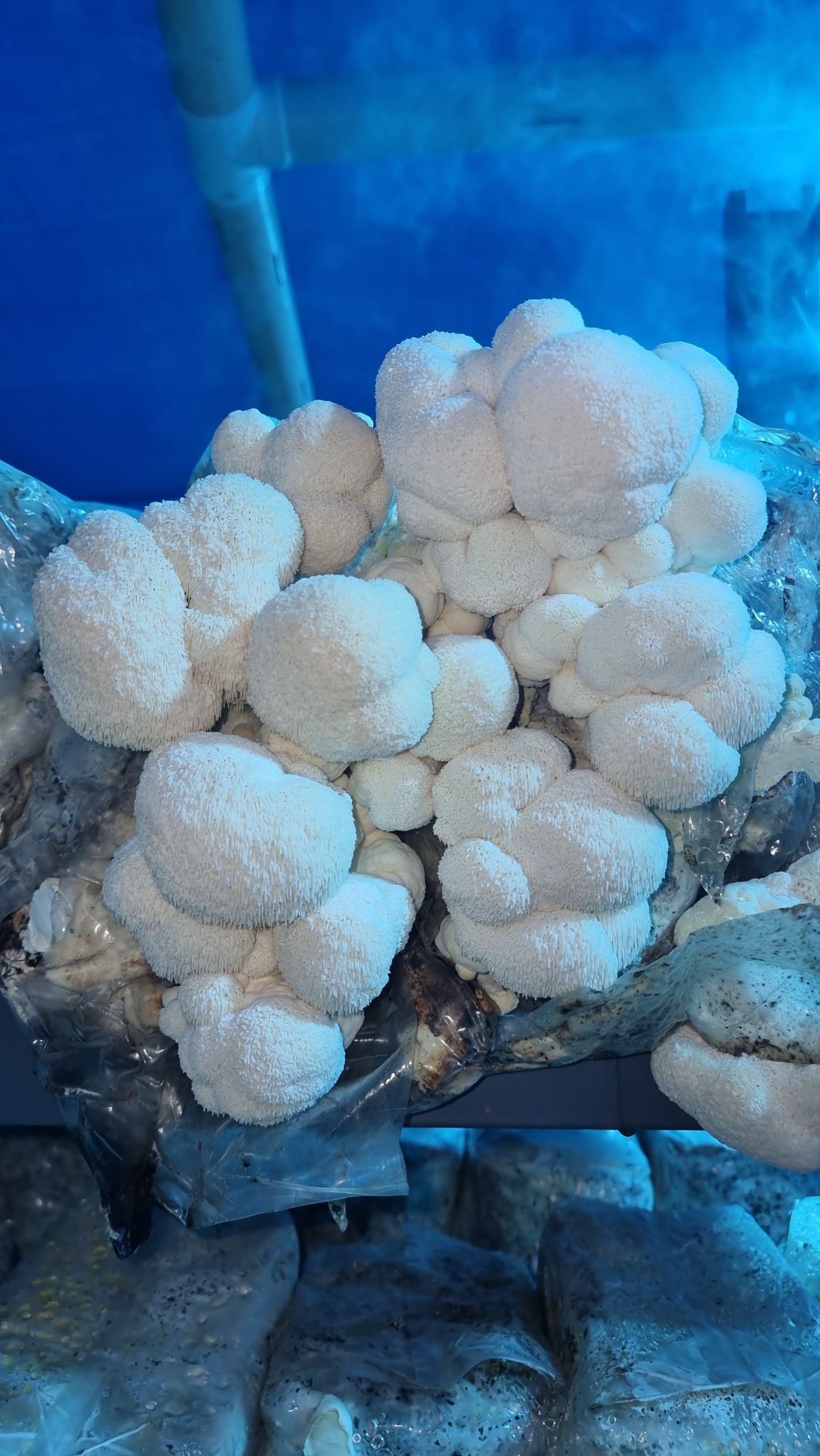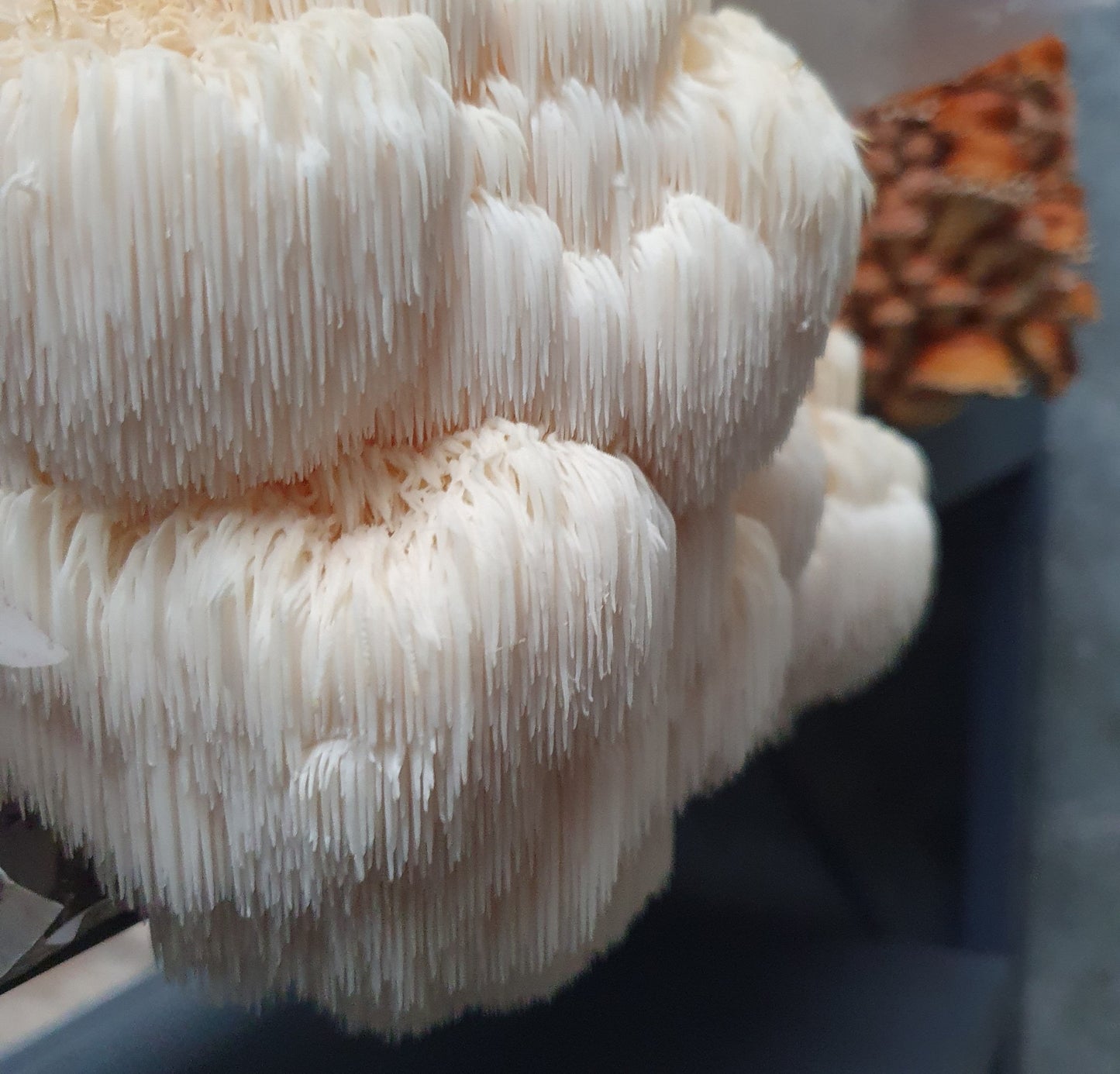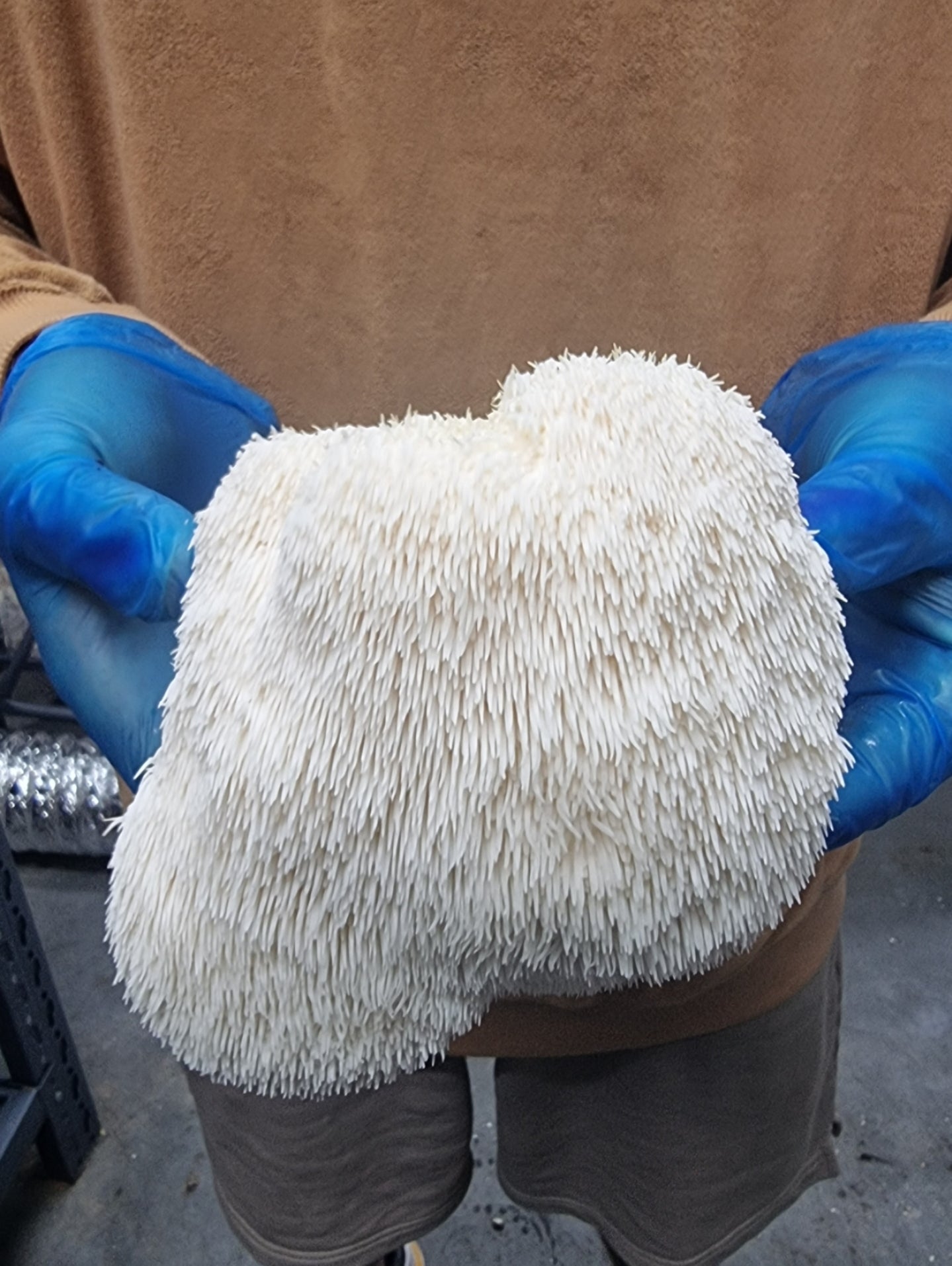As dog owners, we often find our furry friends sniffing around the garden kitchen or even attempting to steal food off our plates.
Mushrooms, a common ingredient in meals and sometimes growing wild in backyards or parks, raise an important question: are mushrooms safe for dogs to eat? While some mushrooms are perfectly safe and even nutritious, others can be extremely toxic and life-threatening.
Understanding the difference can help you protect your furry companion from accidental harm. It is as simple as yes or no.
Are Mushrooms Safe for Dogs to Eat?
Some mushrooms, like white button and portobello, are safe for dogs when cooked and served plain. However, wild mushrooms can be highly toxic, with species like Amanita and Galerina causing liver and kidney failure. If you suspect your dog has eaten a toxic mushroom, contact a veterinarian immediately to prevent serious health issues.
Types of Mushrooms Safe for Dogs
Some mushrooms are safe for dogs, particularly those commonly cultivated for human consumption. These include;
1. White Button Mushrooms (Agaricus bisporus)

White button mushrooms, scientifically known as Agaricus bisporus, are one of the most commonly consumed mushrooms worldwide and are generally safe for dogs when given in moderation.
These mushrooms are rich in essential nutrients such as fibre, potassium, and antioxidants, which can support a dog’s overall health. However, it’s important to note that white button mushrooms should always be cooked before being offered to your dog.
Raw mushrooms can be harder for dogs to digest and may cause stomach discomfort or digestive issues. Additionally, avoid adding seasonings, oils, or other ingredients, as these can harm dogs. Always serve them in small, controlled amounts to prevent any potential digestive upset.
2. Portobello Mushrooms
Portobello mushrooms are a mature version of the white button mushroom, and like their younger counterparts, they are safe for dogs when properly cooked. They have a meaty texture and a rich, earthy flavour, making them a popular choice in human cuisine.
When prepared correctly, portobellos can be a healthy, low-calorie dog treat. They contain several beneficial nutrients, such as antioxidants, vitamins, and minerals that can contribute to a dog’s well-being.
However, serving them plain, without any added seasonings, garlic, or salt, is crucial, as these ingredients can be toxic to dogs. Due to their larger size, cutting them into small, manageable pieces is essential to avoid choking hazards.
3. Shiitake Mushrooms

Shiitake mushrooms, often used in Asian cooking, are generally safe for dogs when given in small amounts and cooked properly. They contain beneficial nutrients such as vitamin D, fibre, and antioxidants, which can positively affect a dog’s immune system and overall health.
Shiitakes are also known for their anti-inflammatory properties, making them useful in helping with conditions like joint pain or arthritis. However, as with all mushrooms, they should never be given raw, as raw mushrooms can cause digestive issues in dogs.
Always serve them cooked and in moderation, and avoid adding any potentially harmful ingredients like oils, butter, or seasoning. Too many mushrooms at once can lead to stomach upset or other digestive problems.
4. Chanterelle Mushrooms
Chanterelle mushrooms are a type of wild mushroom known for their distinct appearance, golden colour, and fruity, slightly peppery flavour.
When cooked, these mushrooms are generally safe for dogs. They offer a healthy snack packed with essential vitamins like D and B, antioxidants, and anti-inflammatory compounds.
These nutritional benefits may contribute to overall health, including improved skin, coat, and joint function. As with all mushrooms, it's important to cook chanterelles thoroughly and avoid adding harmful ingredients like garlic, onion, or excessive salt.
Always serve them in moderation, as too many mushrooms could cause digestive upset in some dogs. When introducing new foods like chanterelles, start with small amounts to ensure your dog tolerates them well.
Dangerous Mushrooms for Dogs

Some wild mushrooms are highly toxic and can cause severe poisoning. Some of the most dangerous types of mushrooms include:
1. Amanita Species
The Amanita species, particularly the death cap (Amanita phalloides), is one of the most toxic mushrooms for dogs. It contains potent toxins that cause liver and kidney failure, often leading to death.
Symptoms may take 6 to 12 hours, including vomiting, diarrhoea, and lethargy. As toxins progress, the dog may experience jaundice, seizures, and organ failure. Even small amounts of this mushroom can be fatal, so immediate veterinary care is critical.
2. Galerina Species
The Galerina species contains toxins similar to those in Amanita mushrooms and is equally dangerous. Ingesting even small amounts can lead to liver and kidney damage. Symptoms can include vomiting, diarrhoea, and lethargy, but severe organ damage may take several hours or days to appear. Prompt treatment is necessary to prevent fatal outcomes.
3. Cortinarius Species
Cortinarius species mushrooms contain orellanine, a toxin that causes kidney damage and renal failure. Symptoms may only appear days after ingestion, making diagnosis difficult. Early signs include vomiting, diarrhoea, and abdominal pain, followed by lethargy and kidney failure. Quick veterinary intervention is essential for survival.
4. Conocybe Species
Conocybe species mushrooms are also toxic and can cause organ failure, particularly in the liver and kidneys.
Ingesting these mushrooms leads to vomiting, diarrhoea, and lethargy, with the potential for rapid deterioration into jaundice, seizures, and organ failure. Immediate veterinary treatment is required to prevent death.
Symptoms of poisonous mushroom ingestion

If your dog has ingested a toxic mushroom, signs of poisoning may appear within hours or even up to a day after consumption. Symptoms to watch for include:
- Vomiting and diarrhoea
- Lethargy or weakness
- Loss of appetite
- Abdominal pain or bloating
- Excessive drooling
- Tremors or seizures
- Yellowing of the skin or eyes (jaundice)
- Difficulty breathing
How to Safely Feed Mushrooms to Dogs

If you give your dog mushrooms, it’s important to ensure they are safe and prepared correctly. Follow these guidelines:
- Only feed cooked mushrooms: Never give raw mushrooms to your dog, as they can be harder to digest and may cause stomach upset.
- Avoid wild mushrooms: They are difficult to identify accurately, so it’s safest to feed mushrooms purchased from a reputable source (e.g., a grocery store).
- Moderation is key: Mushrooms should be an occasional treat, not a regular part of your dog’s diet.
- Remove any seasoning: Don’t add salt, garlic, or other herbs, as these can harm dogs.
What happens if my dog eats a mushroom?
If you believe your dog has eaten a potentially toxic mushroom, acting quickly is crucial. Contact your veterinarian immediately, or if after hours, call an emergency animal poison hotline. Some signs of poisoning can be subtle at first but worsen rapidly.
Your veterinarian may ask you to bring in the mushroom if you can identify it or take a photo. The more information you can provide, the better the veterinarian will be equipped to assess the situation and determine the necessary treatment.
If the ingestion occurred recently and the veterinarian believes vomiting is necessary, they may induce vomiting. In some cases, activated charcoal may be administered to absorb toxins and prevent further absorption into the bloodstream.
Depending on the severity of the poisoning, other treatments, such as intravenous fluids, medications, and monitoring of liver and kidney function, may be required. Time is critical in treating mushroom poisoning, so don’t wait for symptoms to worsen—get veterinary help immediately.
Can dogs eat cooked mushrooms?

Yes, dogs can eat cooked mushrooms in moderation, but must be adequately prepared. Always serve mushrooms plain without any seasoning, oils, butter, or toxic ingredients like garlic and onions, which can harm dogs.
These ingredients can cause serious health issues, such as damage to red blood cells, leading to anaemia. Cooking mushrooms is essential because raw mushrooms can be harder for dogs to digest and may cause gastrointestinal distress.
Cooking also helps break down any potentially harmful compounds in raw mushrooms, making them safer and easier for your dog to digest.
Mushrooms should only be given in moderation. While varieties like white button, portobello, shiitake, and chanterelle mushrooms are safe, offering too many at once can lead to digestive upset. Introduce them slowly into your dog’s diet to see how they react.
It's also crucial to avoid wild mushrooms, as they can be toxic or hard to identify correctly. Stick to edible, safe varieties from trusted sources, like grocery stores.
Canned mushrooms should also be avoided, as they often contain preservatives, salt, and other harmful chemicals that are not suitable for dogs. For the safest treat, always opt for fresh, cooked mushrooms.
Why are wild mushrooms dangerous?

Wild mushrooms can be extremely dangerous to dogs due to the risk of poisoning, and there are several reasons why you should avoid feeding them to your dog:
- Challenging to Identify: Many wild mushrooms look similar to safe, edible varieties, making it difficult for experienced foragers to tell them apart. Some poisonous mushrooms closely resemble edible species, increasing the likelihood of accidentally ingesting a toxic mushroom.
- Toxic Varieties: Some wild mushrooms, like the death cap (Amanita phalloides), contain potent toxins that can be fatal even in small amounts. These toxins can cause severe liver and kidney damage and in some cases, death. Unfortunately, the toxic effects of these mushrooms may not be immediately apparent, which delays treatment and worsens the prognosis.
- Symptoms Vary: The poisoning symptoms can vary depending on the type of toxic mushroom consumed. Early symptoms may include vomiting, diarrhoea, drooling, lethargy, or weakness. Later stages may involve more severe issues, such as liver or kidney failure, jaundice, seizures, or difficulty breathing.
- Timing is Critical: Ingesting toxic wild mushrooms can cause symptoms within hours or even days, but the damage can be rapid and irreversible. The sooner treatment is sought, the higher the chances of a positive outcome.
- Toxins Affect Dogs Differently: Some mushrooms that are relatively harmless to humans can be deadly to dogs. Certain toxins found in mushrooms affect the liver and kidneys of dogs more severely than in humans, leading to life-threatening conditions.
- Risk of Foraging Mistakes: Even for experienced mushroom foragers, identifying wild mushrooms can be tricky. The risk of picking the wrong variety—especially in areas where multiple species grow together—makes foraging for wild mushrooms highly risky for pets.
- Environmental Factors: Wild mushrooms can also grow in environments contaminated with chemicals like pesticides or herbicides, which could further increase the danger if your dog consumes them.
Conclusion
If you suspect your dog has ingested a wild mushroom or you're unsure whether it's safe, don’t wait for symptoms to appear—contact your veterinarian or an emergency animal poison hotline immediately. Prompt action can be the difference between life and death.
To protect your furry friend, always avoid feeding them wild mushrooms and stick to safe, edible varieties. When in doubt, it’s always best to err on the side of caution and seek professional advice.
